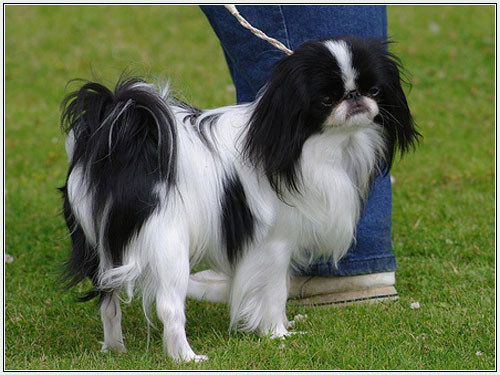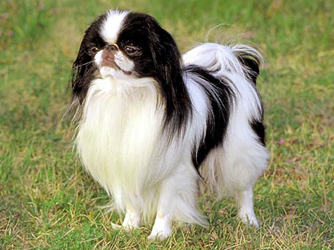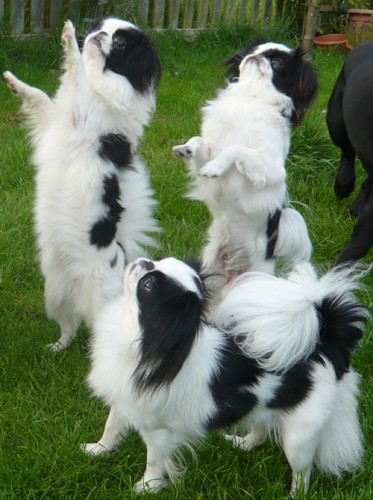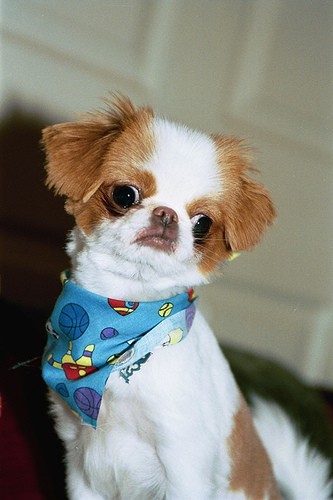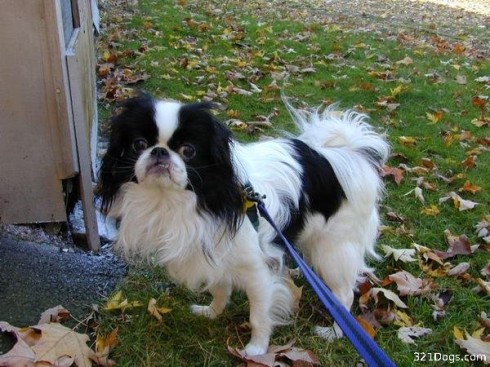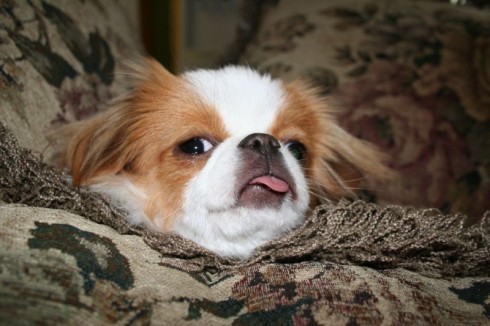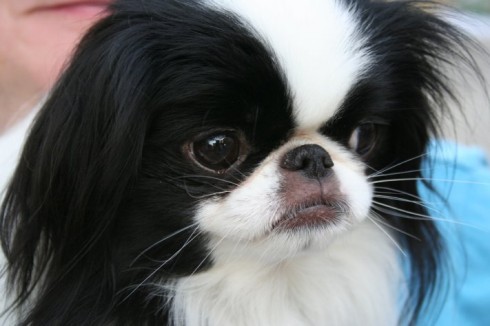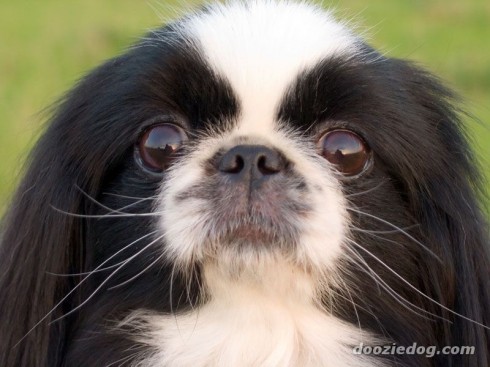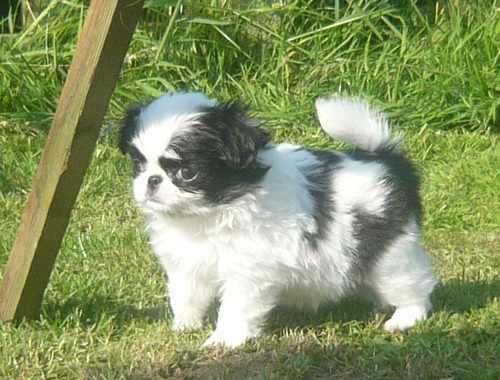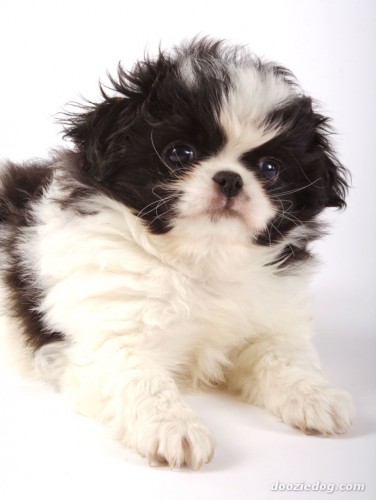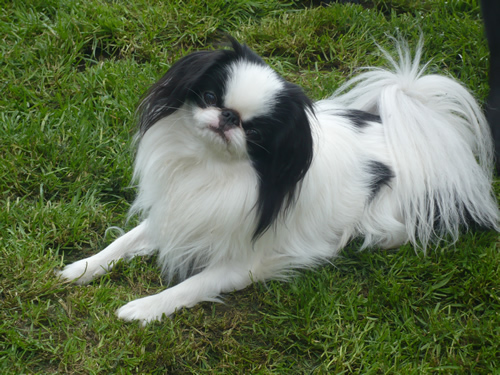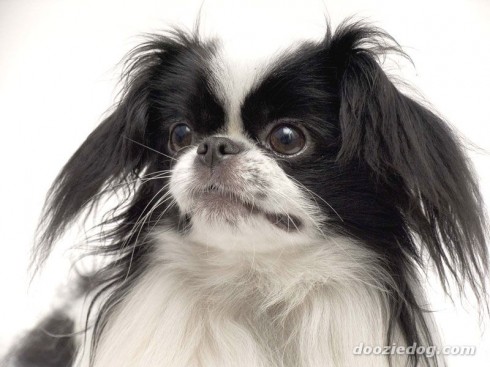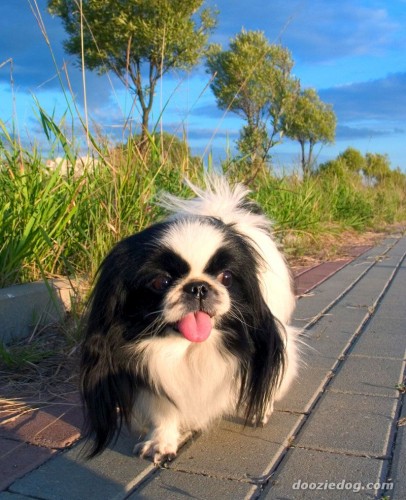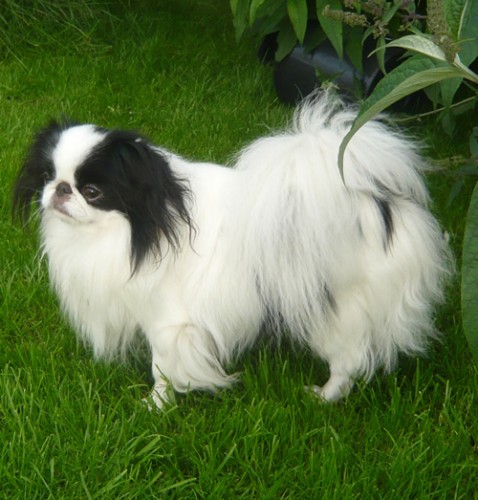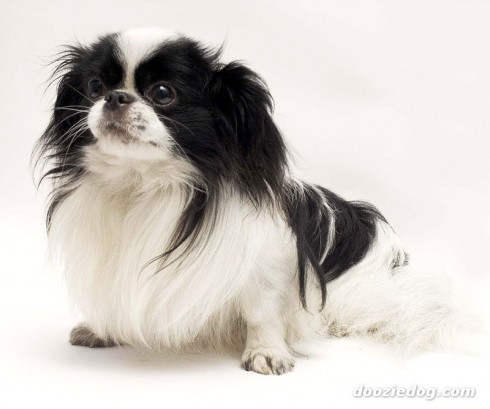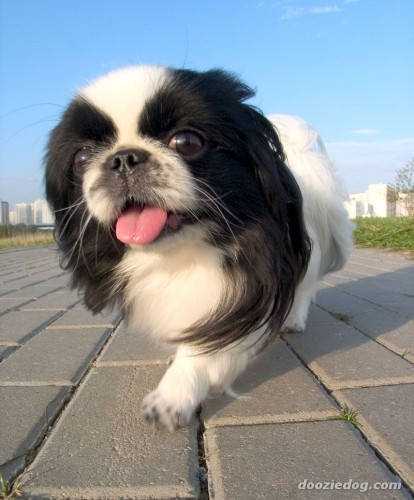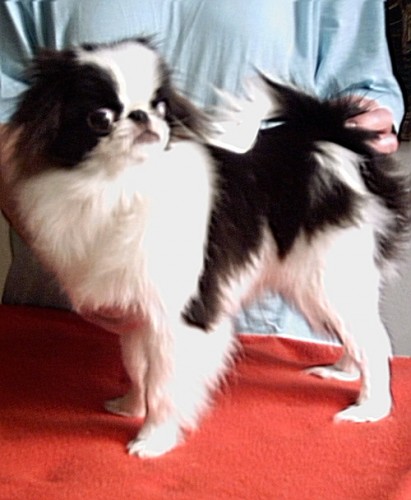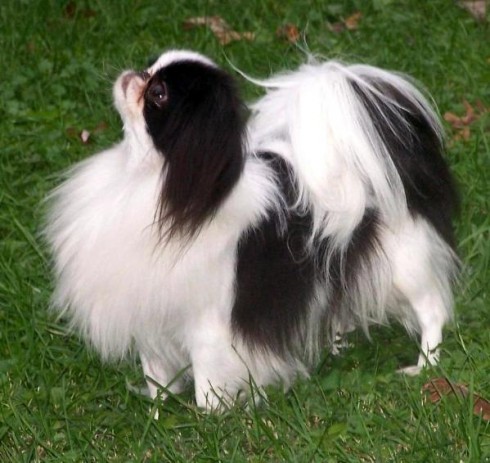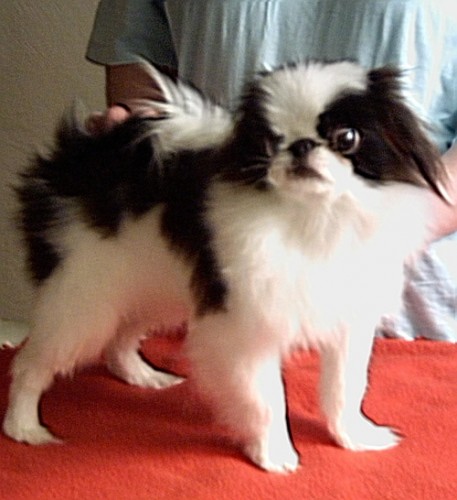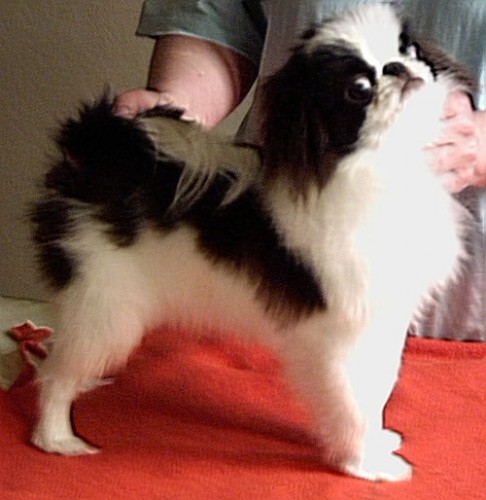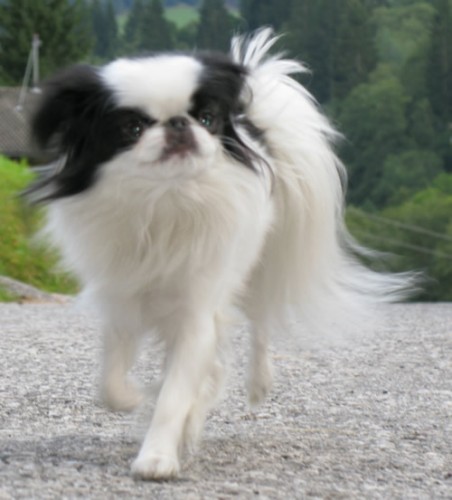Main Index
In Store
Our Web Store
Miniature Schnauzer Picture Gallery
Latest Dog Blogs
- What Are The Basic Commands To Train A Dog?
- PaySafe As The Most Popular Type Of Deposit
- Everything You Need To Know About Pet Sales
- Dogs Contribute To Our Physical And Mental Well Being
- How To Choose Where To Bet On Greyhounds In 2022
- Volunteer With Animals - How To Help Dogs Around The World
- Basic Understanding Of The House Edge
- Why You Should Get A Dog
- Top 20 Popular Dog Names Around The World
- Constipation in Dogs and How to Find Solutions
Japanese Chin
Japanese Chin Clubs/Associations
The Full Japanese Chin Description
The Japanese Chin is bright and alert and likes being clean and tidy. He is playful. Sometimes he'll even make up his own tricks to show off to his audience of friends.
Did you know?
In Japan, there are Inu (dogs) and there are Chin. To the Japanese the distinction needs no clarification. Chin are royalty. They are descendants of dogs that warmed the laps of Chinese aristocracy and kept court with the ladies of the Imperial Palace.
So you want to own a Japanese Chin?
He is naturally clean and makes an ideal pet who can thrive in most any climate.
A Japanese Chin is a good companion, bright and alert.
He is sensitive, though, with definite likes and dislikes, but rarely, if ever, does he forget friend or foe.
Indicative Breed Standard
General Appearance
Elegant and aristocratic, smart, compact with profuse coat.
Characteristics
Intelligent, happy, lively little dog who has look of astonishment, peculiar to this breed.
Temperament
Gay, happy, gentle and good natured.
Head and Skull
Large in proportion to size of dog, broad skull, rounded in front, and between ears, but never domed. Nostrils large, black, except in red and whites where the colour can be appropriate to markings. Muzzle very short, wide, well cushioned, i.e. upper lips rounded on each side of nostrils, jaws level.
Eyes
Large, dark, set far apart. Most desirable that white shows in the inner corners, giving characteristic look of astonishment (wrongly called squint), which
should on no account be lost.
Ears
Small, set wide apart, high on head, carried slightly forward, V-shaped, well feathered.
Mouth
Bite preferably level or slightly undershot; wry mouth or tongue showing highly undesirable.
Neck
Moderate length, carried proudly.
Forequarters
Legs straight, fine bone, giving slender appearance, well feathered down to the feet.
Body
Square and compactly built, wide in chest, ‘cobby’. Length of body equal to height at withers.
Hindquarters
Straight, viewed from behind, good turn of stifle, profusely feathered from the back of thighs.
Feet
Slender, hare-footed, feathered at tips, pointing neither in nor out.
Tail
Set high on level back, profusely feathered, closely curved or plumed over back.
Gait/Movement
Stylish, straight in movement, lifting the feet high when in motion, no plaiting, and showing no weakness in hind movement.
Coat
Profuse, long, soft, straight, of silky texture. Absolutely free from curl or wave, not too flat, having a tendency to stand out especially at frill of neck.
Colour
Black and white or red and white. Never tricolour. Red includes all shades of sable, lemon or orange. The brighter and clearer the red the better. Colour
evenly distributed on cheeks and ears and as patches on body. White should be clear, not flecked.
Size
Daintier the better, providing type, quality and soundness are not sacrificed. Ideal weight 1.8-3.2 kgs (4-7 lbs).
About Our Article Directory
- Article
- 27 November 2010
- 2 comments
Canis lupus familiaris
- Breed Article
- 29 May 2010
- No comments
Quick Search
Donate
Latest Dog Pods
- Tips on How to Stop Your Dog from Biting
- Beware - Not All Advertised Dog Rescues Really Are! How Can You Know The Truth?
- Helpful Tips For Dog Obedience Problems
- How to Keep Dogs From Eating Poop
- Dog Grooming Tips - A General Overview of the Very Basics of Dog Grooming
- Recognising Different Types of Dog Obedience Problems
- 5 Important Tips On Feeding A Puppy


